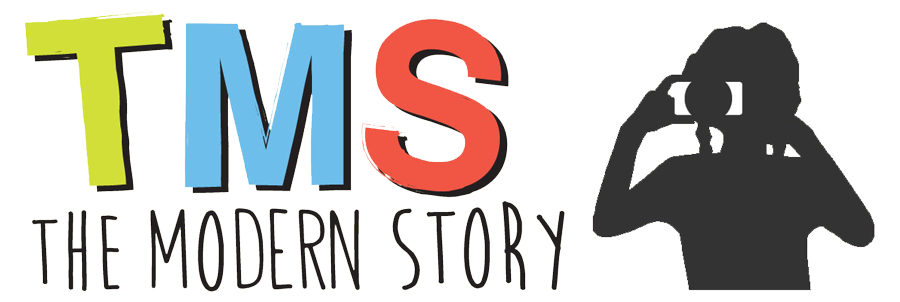Andhra Pradesh on Edge: Waiting for the Srikrishna Report
As you may have read in recent headlines, the state of Andhra Pradesh has spent the last few weeks anxiously awaiting the release of the Srikrishna Committee on Telangana’s report. The Srikrishna Committee was officially commissioned by the Government of Indian, on February 3rd, 2010, to look into whether Telangana should be granted independent statehood, or if it should remain part of the current state body, Andhra Pradesh. This issue of division can be traced back to India’s Independence, when national borders and state lines were being drawn, and the Andhra and Telangana regions were fused to become what is now AP. For a more detailed explanation of the root of the current Telangana separatist movement, you can start here.The Srikrishna Committee report was originally scheduled to be released on December 31, 2010, but was delayed due to concerns that AP was not prepared to handle the potential fallout from the announcement, and rescheduled for release on January 6th. Thus, after police and paramilitary units have been deployed across the state, many Hyderabad now hunker down at home, avoiding public transport, and waiting for the afternoon’s news.
As is characteristic of separatist movements, the parties involved are extremely passionate about their respective cause, and each cause is, of course, more complex than it first appears. The push for a separate Telangana state is inextricably knotted into a plethora of social, economic, and political issues that exist within AP, and throughout India as a whole. At stake are government job and education “reservations” (a sort of affirmative action or quota system that is intended to promote the advancement of the disadvantaged, but often lands in the hands of politicians eager to offer slots to their own support base,) water access, centers of commerce, government funding, etc. The distinctive scent of xenophobia floats over the whole matter, each group – Telangana and Andhra – resenting the incursion of the other into their lives, eyeing each other suspiciously as potential job usurpers, and painting the “Other” as something horrid. This is slightly baffling to me, as many Andhras have lived in Hyderabad for generations, making them as much a part of the fabric of this community as any other group of people.
Many of the most vocal advocates for Telangana statehood are young, University-aged males, who find their rallying base at Osmania University in Hyderabad. Kara and I have spoken with a number of older teachers and neighbors – both Andhras and Telanganas – who feel that the main public figures and agitators – older men, who have been disgruntled about the union of Andhra and Telangana since it was first formed – are careless with their acerbic rhetoric, and use their public positions to incite the youth to violence. I certainly don’t know enough about the entire movement to declare any sort of judgement on the matter; however, as a pacifist and an advocate of mediated community dialogue in general, I simply cannot accept frequent small-scale riots, bus burnings, transportation disturbances, and city-wide bandhs, as well as all the collateral damage that comes along with them, as justified means of achieving the desired ends.
This morning, I received a hurried call from Neha, one of our teaching assistants at the Railway Girls School. She told me that she had been on her way to the school when her bus was blocked by a large groups of police and boys throwing stones. She realized that many bus routes were being shut down, but managed to find a bus that would take her back home. Unfortunately, that bus also encountered groups of agitators, and the passengers were forced to disembark and find autos to transport them home. While getting off the bus Neha was hit by one of the stones the boys were throwing, which cut her thumb. She’s confirmed that she’ll be fine, but to me, the violence and senseless injury it obviously causes, are upsetting. As you would expect, today’s TMS class at Railway was canceled.
I’m safely waiting things out in Abids, keeping an eye on my Google newsfeed and hoping that as in the case of the recent Ayodhya verdict, the actual reaction to the Srikrishna Committee report will be far calmer than that predicted by some in the media. We’ll know in a few hours.

























































